
The news that Fuji is bringing out two macro extension tubes for the X-System is both welcome and long overdue. Don’t get me wrong – the growth of the X-System in terms of bodies and lenses has been exponential since the X100 first appeared. Who would have thought, when the X100 debuted at Photokina in September 2010, that today we would have sixteen Fujinon lenses plus more on the way, as well as third party offerings to fit on a range of bodies in both rangefinder and SLR form factors. Fuji has not let the grass grow under its feet by any means but it takes time and money to fill out a full system; Nikon wasn’t built in a day, after all…
An object lesson in Customer Experience

In firmware terms, Fuji has proved itself adept at delighting existing customers with well-timed and well-thought through updates, including meaningful improvements to cameras that have been on the market for months if not years. The result has been that a still-current camera – the X-Pro1 for example – is now a significantly better product than it was on release, and far cheaper than its launch price. Others could learn from Fuji’s approach to delivering value, both in terms of product longevity and customer service. Are you listening, Sony and Leica?
There are a few gaps in the current lineup but it looks like Fuji is moving to plug them. We’re already seeing delivery of fast, weatherproof constant-aperture zoom lenses. The roadmap shows a “Super Telephoto Zoom Lens” on the way, tentatively scheduled for late 2015, and a fast 90mm. Can a long, fast prime be far behind? Rumours also tell of a more sophisticated and powerful flash coming next year; again something needed to fill out the X-System for advanced amateur and professional use.
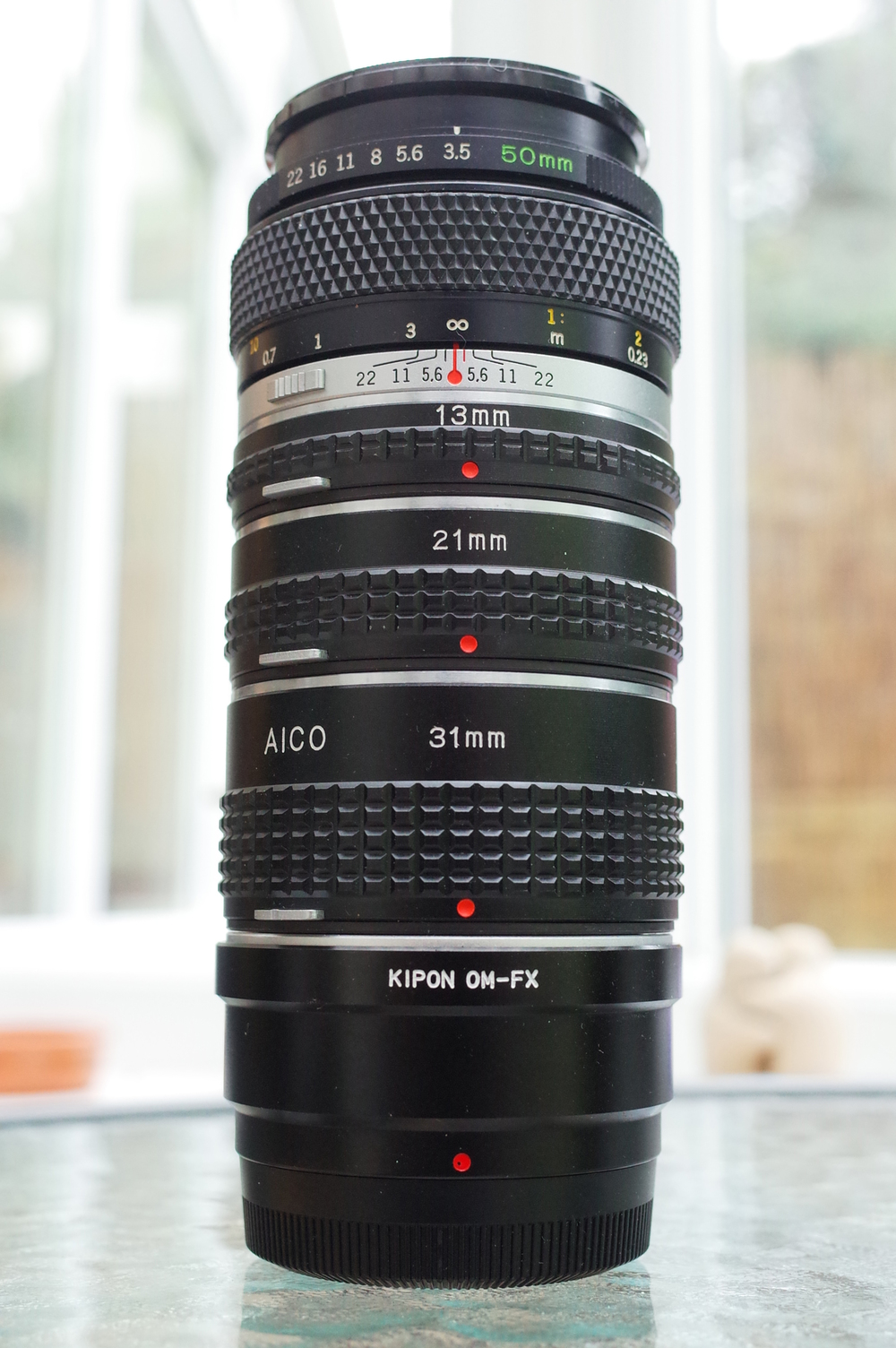
I’m looking forward to more native long lens solution(s) in the future. I have already written about the use of third party and legacy lenses to fill the gap, but a native system solution will undoubtedly deliver benefits – autofocus for a start.
How low can you go?
On the macro side of life I have again turned to Olympus to give me a work-around: The excellent Zuiko 50mm MC Macro f3/5 for the old OM SLRs is a small, lightweight macro lens that gives a 1:2 reproduction ratio (or 0.5 if you are so inclined) – that is half life-size in old money.
But wait, I hear you say, there is already a Fuji 60mm macro is there not? And something from Zeiss? Well it’s true: There is the Fujinon XF 60mm f2.4 R as well as the Zeiss Touit f/2.8 50mm M. Now, I do own the former – and that is part of the basis for this test – but it only gives a 1:2 reproduction ratio as it stands. The Touit does go to 1:1, but as my dear old mother used to say, I am not constructed of cash, and at around £15 per millimetre it is not the cheapest option out there.
As an aside, I am also not entirely convinced of the Zeiss devotion to the X-System cause – there have been no firmware updates, nor any further product releases and it all feels a little, shall we say, uncertain. The Fujinon retails at around the £450 mark, often with cashback deals, so is a lot easier on the wallet, but with the shortcoming already mentioned of not being able to go to 1:1.
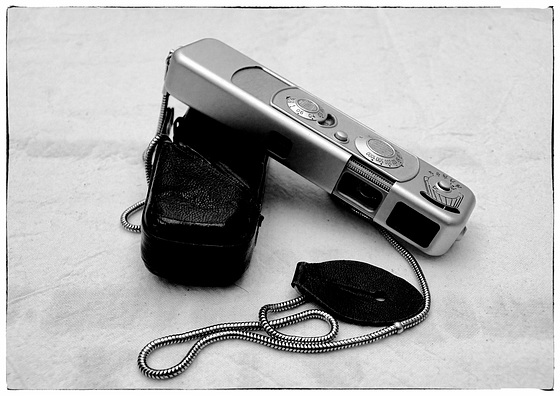
To illustrate the current status quo, I have stuck with the small theme and used as my subject my trusty Minox B, which you can see on the right. Yes, it does work, yes it is loaded with film, yes I do use it. I have used the X-T1 for this exercise, mounted to a small Manfrotto table-top tripod. I am not claiming to be a master of macro, by any means, but for the occasions when I want to get closer I want to be able to do so with a minimum of fuss and faff. All these shots are taken with natural light, wide open at f/3.5 in the case of the Olympus and stopped down to f/3.2 for the Fuji to give broadly similar DoF.
Using the Fuji 60mm it is possible to get close enough to achieve something like this:
And by comparison, the Olympus 50mm delivers a visually similar result:
The big differences between the two solutions at this stage are fourfold: f/2.8 vs. f/3.5 (Fuji a bit wider) 60mm versus. 50mm (Fuji a bit longer) auto-aperture vs. stop-down (Fuji auto) and autofocus vs. manual focus. So, in terms of handling convenience, the Fuji wins and in terms of the resulting images. There is to the untutored eye very little to choose, allowing for my own ability to manually focus. Whether or not autofocus is really useful in the macro world is a moot point, and largely down to personal preference.
Closer still…
Where things get interesting is when you start to add extension rings into the equation. Here, at the moment, the Olympus – indeed any legacy macro lens – leaves the Fuji in the dust. Courtesy of Messrs. eBay I have a set of three OM-fit rings, 13, 21 and 31mm in length. Never one to stint myself, for the purposes of this exercise I have piled all three together which can result in eyeball-searingly close images such as this:
One – or two – rings to rule them all…?
Now, it’s fair to say that I don’t always want to get so close to something that I can see its atomic structure, but it is definitely nice to be able to get in tight. Up until last week this close proximity is something of which the user of a Fuji X-Mount lens could only dream. With the release of not one but two rings of 11 and 16mm respectively, that is changing.
Fuji’s new rings – the MCEX-11 and MCEX-16 to their friends – appear to be as well-made as we have come to expect. Critically, they maintain full electronic communication between lens and body, meaning full control over aperture and autofocus. The link I have provided above also includes a table showing lens compatibility and the magnification ratios that can be achieved. To Fuji’s absolute credit the only lens in the current lineup that is actually shown as incompatible is the 10-24mm, although it doesn’t indicate how good a result, particularly in terms of flatness of field one might expect from, say the 18mm.
Lenses like the 60mm that are designed to perform in the close-up range and are optimised for the purpose. In other words, any lens can focus close, but a macro lens does it better. Fuji also doesn’t mention whether the rings are stackable to achieve higher magnification, as I did with the Olympus rings, but I would be surprised if they can’t and it will be easy enough to check, when they do become available.
Availability is currently scheduled as mid-December, with a recommended price of £69.99 per ring, which seems pretty reasonable to me. Are they worth it? That’s subjective, of course, but as a way to get closer to your subject without carrying an extra lens, and without resorting to manual focus and aperture control, it is definitely something that would be welcome in a corner of my gadget bag.
So, Dear Santa, if you are listening, and I am on the nice list for once, an MCEX-16 to open on Christmas morning would be very welcome, thank you.
You can also find Bill Palmer at Rangefound and Lightmancer

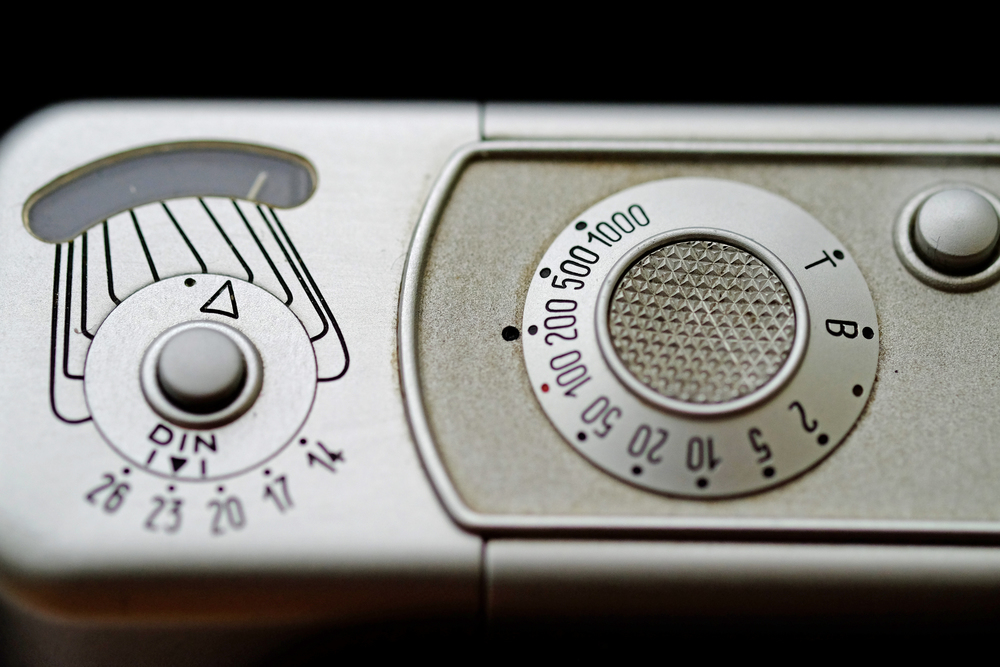
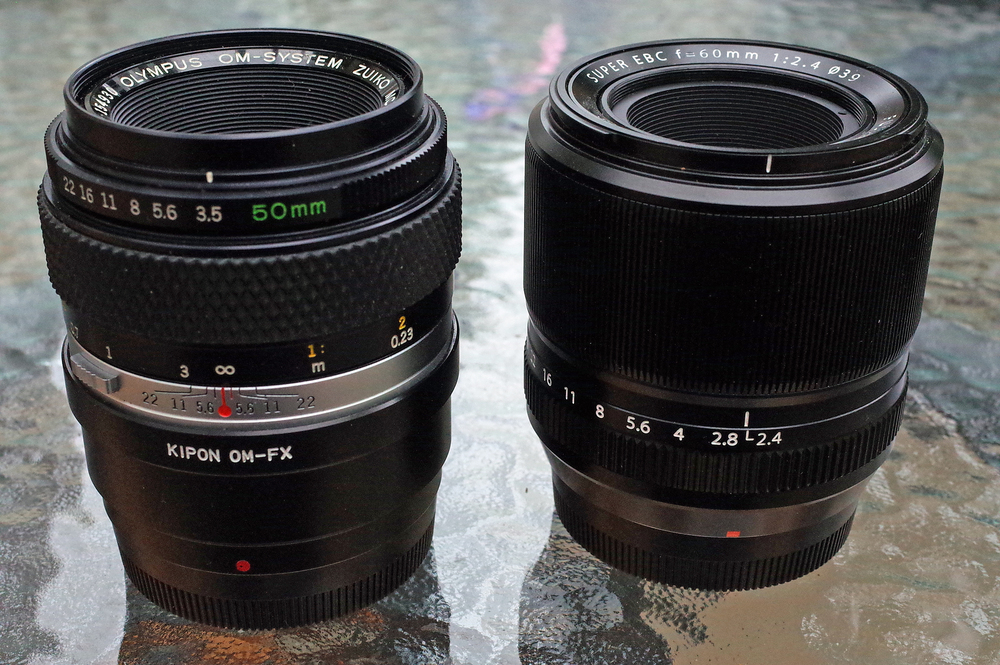
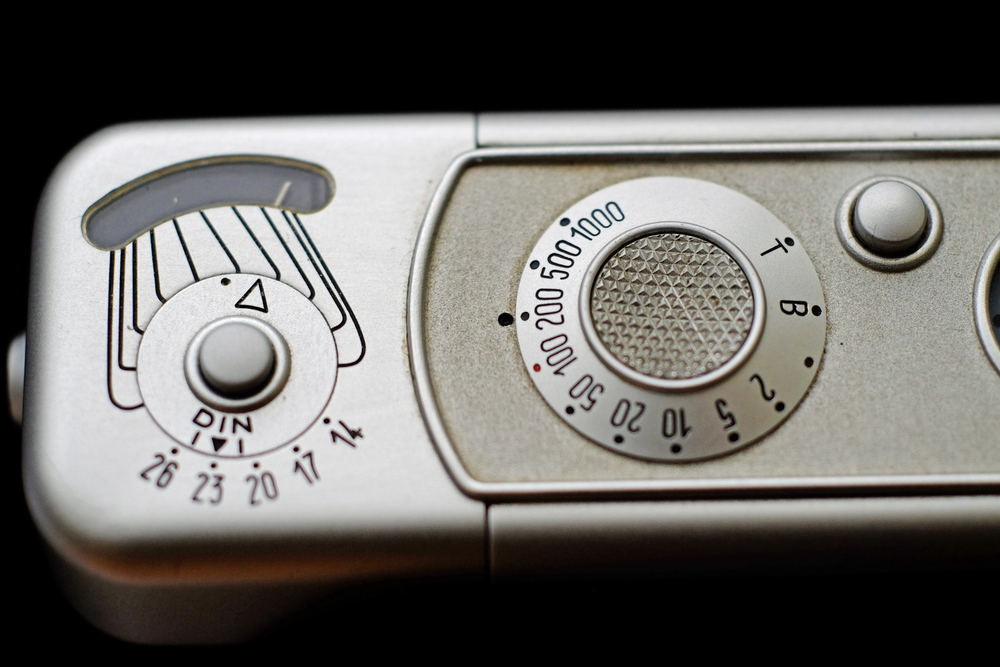
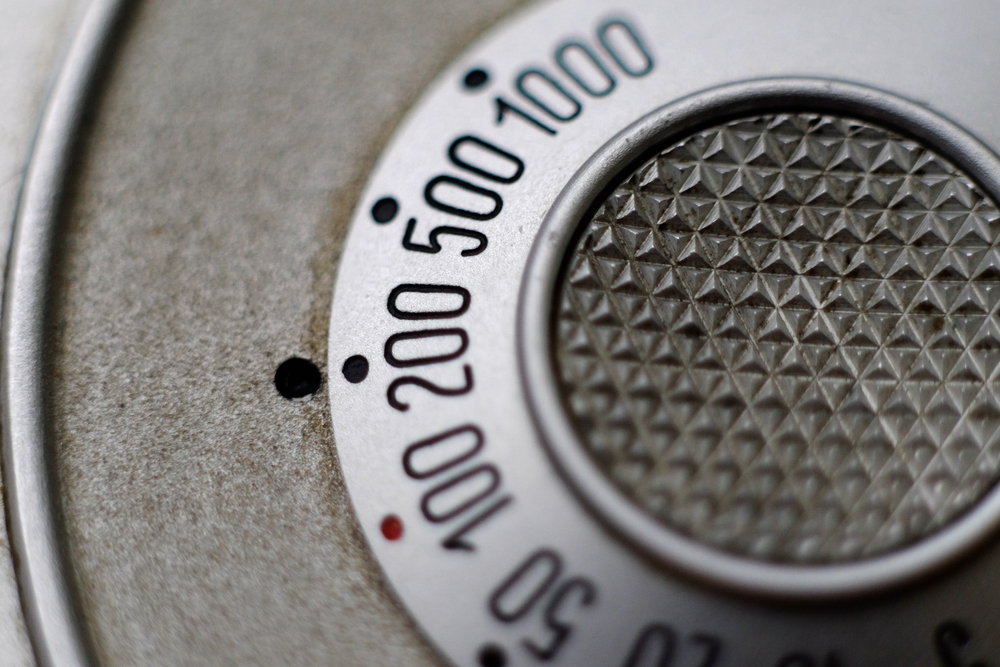
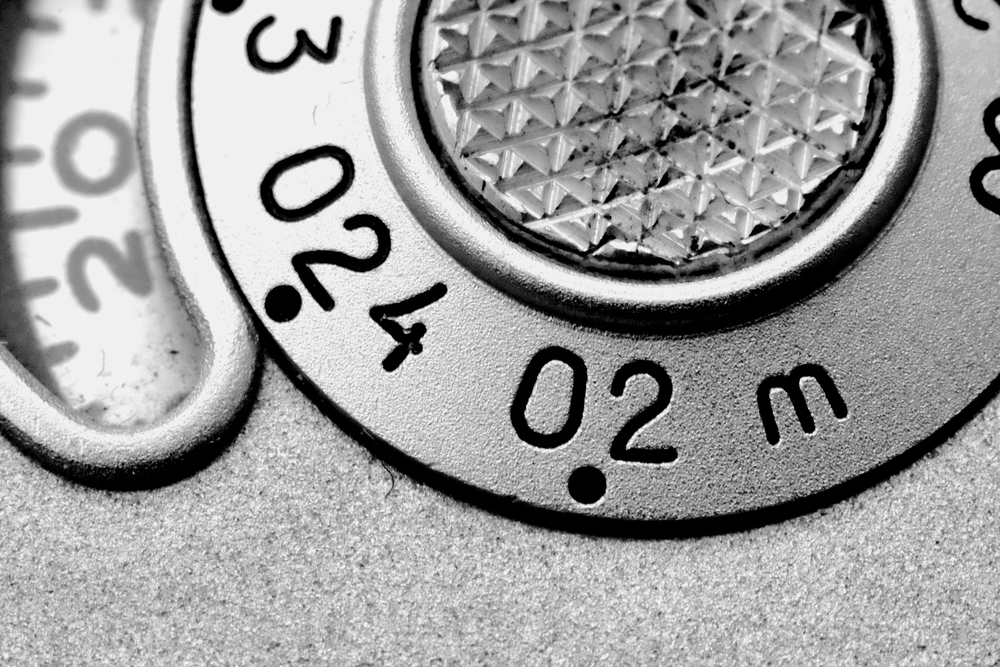
whoops, just found the table you provided…thank you!!
…and so, I have an 18-55, a 55-200, and 56 mm fuji lenses…what lens would you put an extension tube on if any…
Great story, I absolutely agree with it.
Regards, peter
Thanks, Peter